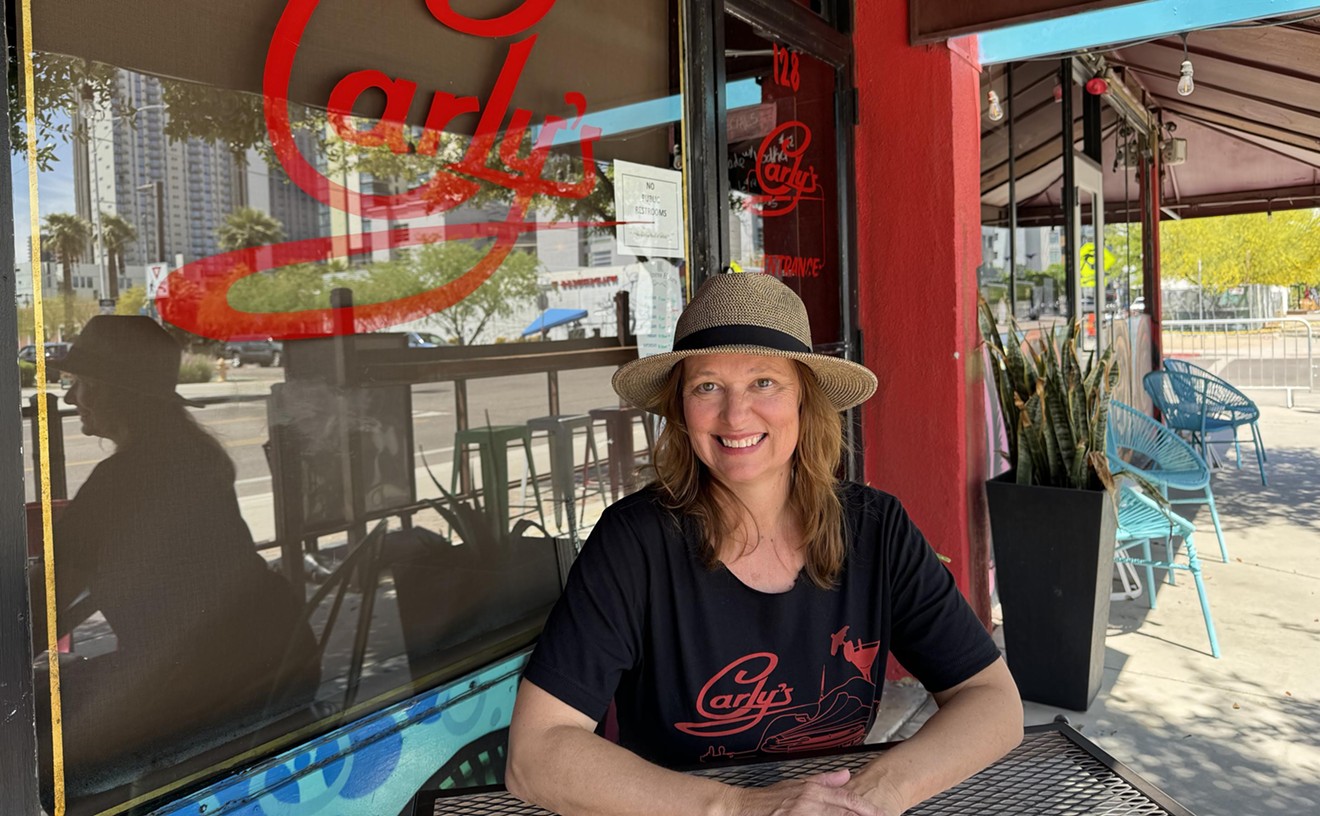If you're dining out, tipping four dollars versus three dollars on that $16 tab might not mean a lot to you, but to your server, that little extra means a whole lot more. Back in our serving days it did, especially since those tips were often meant to be supplemental income for other members of the staff, from the hostess to the food runner to the dishwashers, as well.
Well, a new study from a nonpartisan think tank shows that those extra tips really do matter because while most restaurant workers don't receive benefits like health insurance or a pension plan, many of them are still living on impossibly low wages, putting them below and twice below the poverty line.
See also: 5 Things Your Server Really Doesn't Want You To Do
Well, if you ever thought it was okay to not tip, think again. According to the study conducted by the Economic Policy Institute, 43.1 percent of restaurant workers live below twice the poverty line, with even the highest-paid positions earning less than the median wage in other fields. In all other industries, that number is closer to 19.9 percent.
Of those living below the poverty line in the restaurant industry, "poverty rates in the restaurant industry are highest for women, blacks, and Hispanics," the study says. That's due, in part, because those demographic groups are also often in lower-paying staff positions, such as counter server, cashier, host, and other wait staff.
Although unionized restaurant workers typically make more, unionization rates in the industry are "extremely low." While an abysmal 14.4 percent of restaurant workers are provided health insurance through their employers (compared to 48.7 percent of workers in other fields), 41.9 percent of unionized restaurant workers receive health insurance benefits at work.
One way the study recommends increasing equity in pay for restaurant workers is "increasing the minimum wage and eliminating the tipped minimum wage." Some restaurants have even done away with tipping altogether to ensure that employees are being paid a fair wage.
But that's only one part of the solution. To read the study's full findings, you can visit the Economic Policy Institute's website.











